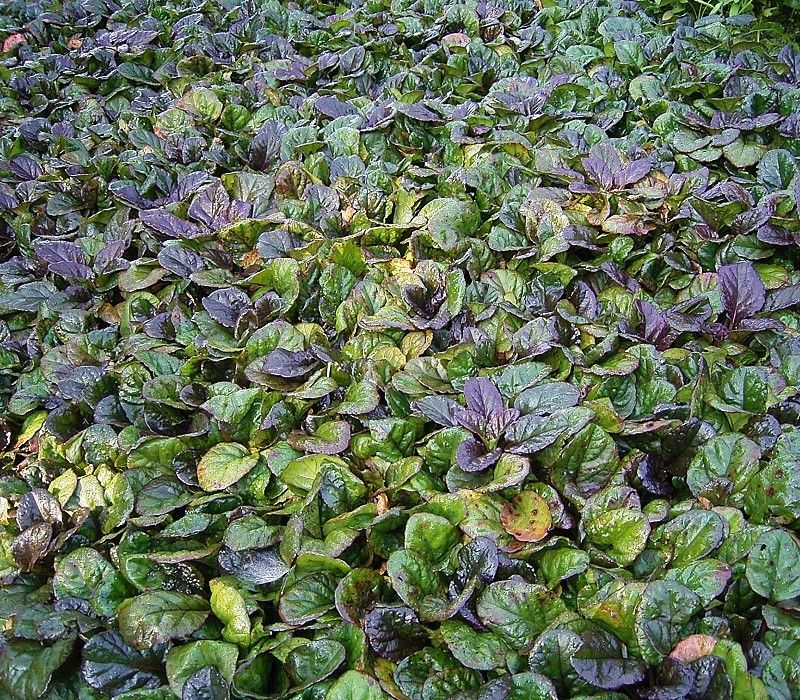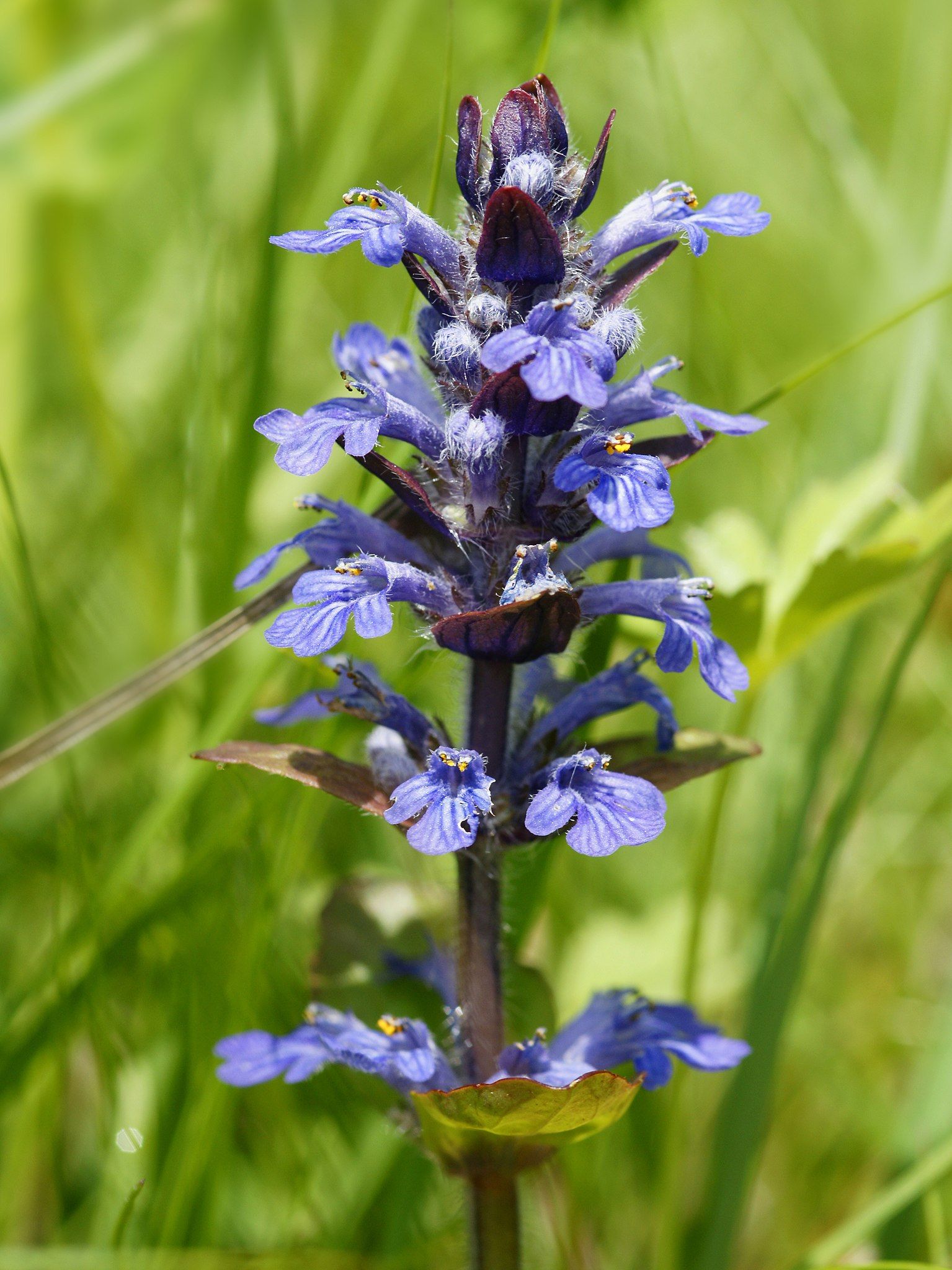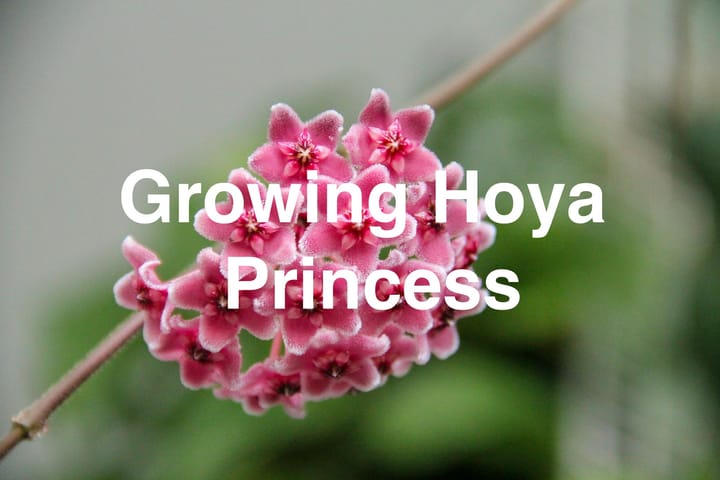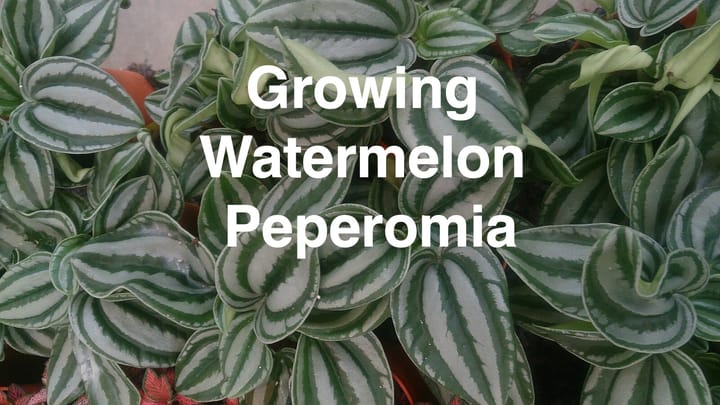How to Grow Bugleweed
Growing bugleweed (Ajuga) can be an excellent choice for gardeners seeking an attractive, low-maintenance ground cover. This hardy perennial forms a dense mat, smothering weeds while providing year-round visual appeal in sun and shade environments.

Table of Contents
To successfully cultivate bugleweed, you must consider factors such as planting location, plant spacing, and soil composition.
By addressing these elements, you can ensure that your Ajuga plants will thrive and serve as an ideal ground cover or underplant for shrubs and small trees.
About Bugleweed
Bugleweed, also known as Ajuga, is a herbaceous perennial ground cover that belongs to the Lamiaceae family.
Its botanical name is Ajuga reptans, also called carpet bugle.
This fast-growing plant is hardy in USDA zones 3-9 and is known for its attractive leaves and purple flowers.
The foliage of bugleweed plants can vary in color, from green to burgundy, depending on the variety, such as 'Burgundy Glow.'
The evergreen leaves form dense mats, making it an effective ground cover that chokes out weeds.
Bugleweed produces runners that help it spread quickly and thrive in full sun and partial shade. The purple, spiked flowers appear in spring, adding visual interest to your garden.
Growing Bugleweed
Choose a well-drained soil rich in organic matter to effectively grow bugleweed (Ajuga reptans).
It thrives in partial to full shade but can also tolerate full sun, making it ideal for garden beds and shady areas beneath trees.
You can introduce bugleweed to your garden by planting small plants or sowing seeds.
When planting individual plants, space them about 12 inches apart or 6-9 inches for quicker ground coverage.
Bugleweed prefers moist soil but can tolerate varying levels of rainfall.
Incorporate organic matter into the soil for optimal growth conditions and water consistently during dry periods.
As bugleweed is native to Northern Africa and Southwestern Asia, keep an eye out for Southern Blight, a disease that can affect the plant in its particular geographical range.
When properly cared for, bugleweed will produce colorful foliage and spread by underground runners, creating a visually appealing ground cover for slopes, banks, and woodland settings.

Caring For Bugleweed
Sun and Temperature
Bugleweed is adaptable and can tolerate varying sun conditions, from full sun to full shade. It's hardy in USDA zones 3 to 9, making it suitable for various climates.
Water and Humidity
Ensure your Bugleweed has moist soil, but know that it can also tolerate some drought. Aim for consistent watering to maintain adequate moisture levels without overwatering.
Soil and Fertilizer
Choose acidic soil with a pH between 3.7 and 6.5 for optimal Bugleweed growth. This creeping groundcover doesn't require frequent fertilization, but you may provide a balanced fertilizer.
Repotting
Bugleweed typically doesn't need repotting, as it is often planted outdoors as a ground cover. However, if growing in a container, repot as needed to prevent overcrowding and ensure a healthy root system.
Pruning and Propagation
Prune Bugleweed to remove spent flower spikes and control its spread. Propagate by division in early spring or fall. Dig up a section of rhizomes and replant to establish a new colony or share with friends.
Troubleshooting Plant Problems
Growing Problems
When growing bugleweed, one common issue is crown rot, which can occur if the plant is planted too deeply or the soil is too damp.
To prevent this, avoid covering the crown with soil and ensure proper plant spacing for adequate airflow.
Sometimes, bugleweed may struggle to thrive in areas with too much sun or insufficient soil moisture.
To resolve this, plant your bugleweed in partially shady areas and keep the soil consistently moist but not soggy.
Pests And Diseases
Bugleweed can be affected by ailments such as southern blight and aphid infestations.
To manage southern blight, remove and dispose of affected plants, and use a fungicide as a preventive measure.
For aphid issues, you can use insecticidal soap or introduce beneficial insects, like ladybugs, to your garden.
Deer may also pose a problem by feeding on bugleweed plants.
To deter them, consider using deer repellents or installing physical barriers, such as fencing, to protect your bugleweed.
Conclusion
To successfully grow Bugleweed, it's essential to provide the right conditions.
Ensure your plant receives 3-4 hours of sunshine daily, and plant it in soil with medium moisture content, adequate drainage, and rich organic matter.
When planting Bugleweed, remember its hardiness zones (3-9) and its ability to thrive in both full sun and partial shade.
Space individual plants 12 inches apart to encourage healthy growth and effectively utilize this attractive ground cover.
Frequently Asked Questions
What is the optimal spacing for bugleweed?
To give bugleweed (Ajuga reptans) enough room to spread, plant them 6 to 12 inches apart. This spacing allows them to establish a dense ground cover while avoiding overcrowding.
How do I propagate bugleweed?
Bugleweed is easily propagated by dividing the plant into smaller sections with roots attached. You can then plant these divisions directly into the desired location, and they will quickly establish and grow.
Is bugleweed suitable as an evergreen ground cover?
Yes, bugleweed makes an attractive evergreen ground cover. It features low-growing foliage with vibrant colors that can provide year-round interest in your landscape.
What are the best varieties of Ajuga?
Some popular varieties of Ajuga include Ajuga reptans 'Atropurpurea' (purple), Ajuga reptans 'Golden Glow' (yellow), and Ajuga reptans 'Bronze Beauty' (bronze). These varieties offer diverse foliage colors and textures to enhance your garden's visual appeal.
In which type of soil does bugleweed thrive?
Bugleweed grows best in soil with medium moisture content, adequate drainage, and plenty of organic matter. It can tolerate various soil types and conditions, making it a versatile ground cover option.
How do I control bugleweed growth?
To control bugleweed growth, trim any unwanted stems and remove undesired plant divisions. Regular maintenance and monitoring will help you keep bugleweed within its designated area.


